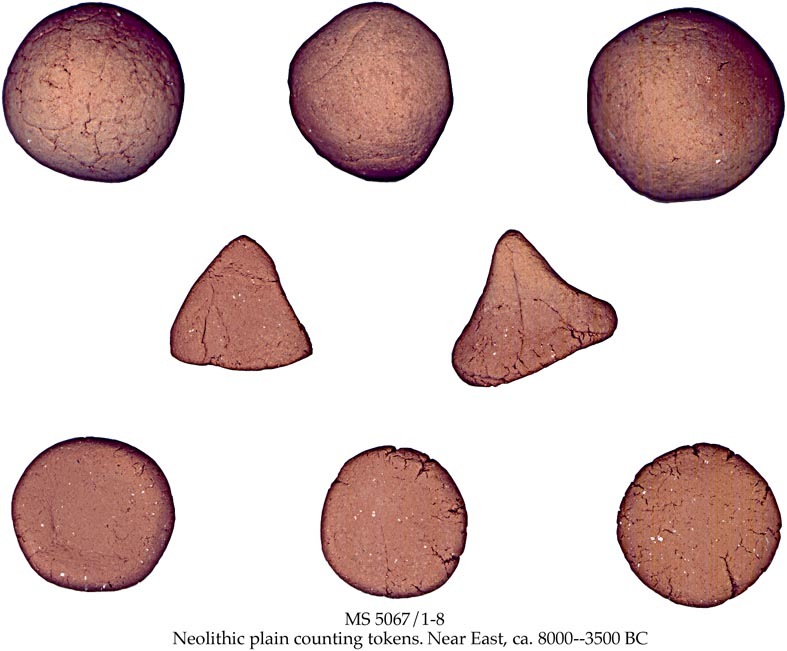I am revisiting this post after a train of events involving:
- Reading David Corfield reminding John Baez about earlier discussions on categoried Clifford algebras here.
- Reading David’s reference to Urs’ post on Categorified Clifford Algebra where he says “An -Grassmann algebra over a vector space is defined to be the Koszul dual to an abelian semisistrict Lie -algebra.” This had two effects: 1.) Reminded me of some emails where Urs’ said categorified Clifford algebras would be relevant for formalizing our work on discrete differential geometry, and 2.) Forced me to google “Koszul Duality”
- Finding John’s discussion of Koszul duality in TWF Week 238.
There is a beautiful picture here just out of reach for me. I’m hoping that by saying some words, it might inspire someone to turn on the light so I can see what is going on.
I was particular excited to see John’s discussion of the Maurer-Cartan form
in Week 238, where he said:
An interesting thing about this equation is that it shows everything about the Lie algebra is packed into the Maurer-Cartan form. The reason is that everything about the bracket operation is packed into the definition of .
Now, I don’t know if these two concepts can be related at all, but in our paper (with Urs), on special directed -graphs (we called them -diamonds), the discrete exterior derivative could be expressed as a (graded) Lie bracket of a special discrete 1-form we called the “Graph operator” , i.e. for any discrete -form
In particular, we have
For these special directed -graphs, .
However, in Section 5.1 we (mostly Urs) looks at lattice Yang-Mills theory. Urs introduced the discrete “holonomy 1-form” and the discrete “Gauge-covariant derivative:
The discrete Yang-Mills field stength is given by
In other words, due to the magic of the discrete calculus, the curvature is simply the square of the “holonomy 1-form”.
Now, aside from a sign, the expression wedges in there, i.e.
looks a lot like the expression for the Maurer-Cartan form. The Jacobi identity follows from the nilpotency of , i.e.
Here is where I hope someone can turn the lights on…
Could it be that the continuum Maurer-Cartan form is related to the discrete holonomy 1-form ?
On a related note…
What would be the Koszul dual of the discrete associative non-commutative differential graded algebra?
It should be related to Lie algebras, but more general. In fact, since continuum differential geometry and continuum differential forms emerge in the continuum limit of our discrete differential geometry, then the Koszul dual should also have Lie algebras as their continuum limits.
That sounds interesting to me. What do you think?


operad co-operation
I was chatting with Dr. Doctrine over at another table in our café. Is Dr. Operad also around? I am suffering from some operad amnesia!
I have read a couple of things, and forgot two thirds of it again. I can sort of give the definition of an operad - mainly because I know it’s just a way of not admitting that one is talking about a multicategory, which is an entirely obvious and natural concept.
Also, I know when to impress people by yelling “That’s just the little-disk operad!” when I see cobordisms being composed, and the like.
But what precisely again is an algebra for an operad??
I know that this is in a sense the crucial point of operads in the first place, but still, I can’t quite recall.
Of course I know where I could look this up. But chatting about it is much more fun.